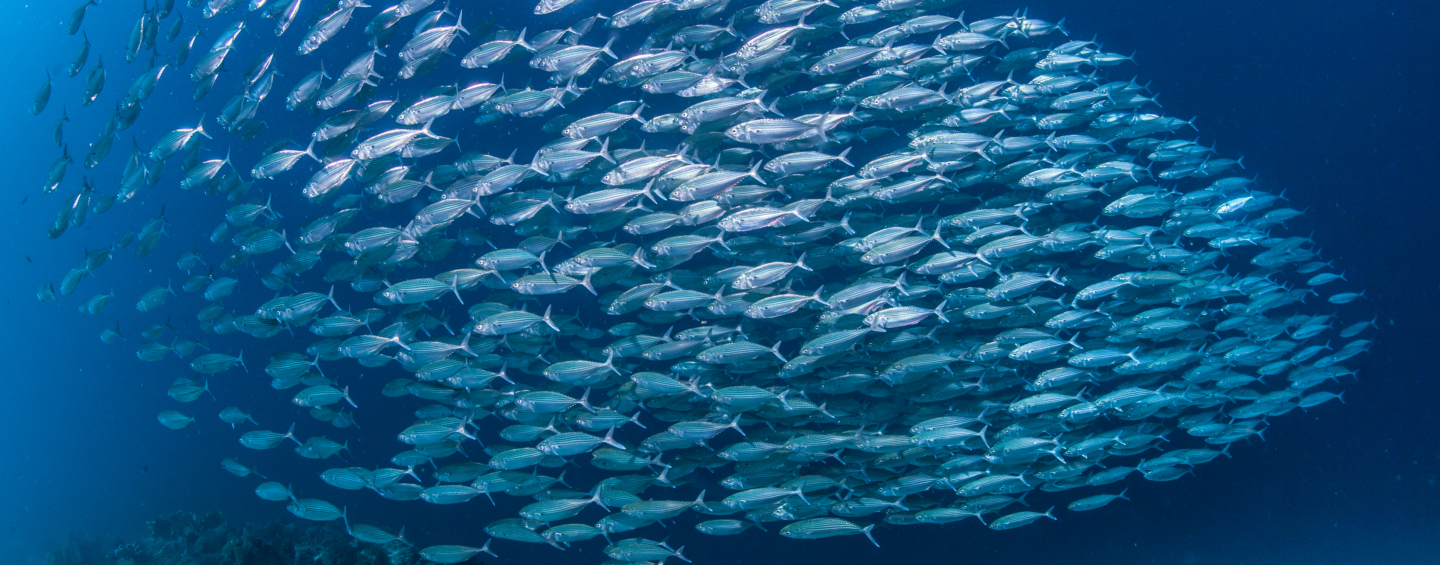Sometimes I’m amazed by the 10 years gone by since I joined SFP. Back then, the organization was in its infancy, and Jim Cannon struck me as someone who was, in essence, building what has become SFP’s core model of industry-driven change by bringing together three groups that traditionally didn’t like working together: NGOs, which often preferred to do battle with the industrial world rather than collaborate with it; the industrial world itself, which often preferred to keep its collective head down and focus on fiscally responsible policy; and the world of academia, which often preferred to focus on research and data gathering.
I was originally a part of the latter group, but I joined SFP because I came to see its efforts as representing a tipping point for the global sustainable seafood movement—the realization that all stakeholders should not only be aware of the underlying problems in the world’s fisheries, but also be willing to learn what they can do to fix those problems and to take action accordingly.
The Fishery Improvement Project (FIP) model provided stakeholders with a standardized, robust way of translating these ideals into action through: structured participation by the industry along with public commitments; the definition of a workplan, developed with the support of academic experts and NGOs, with goals based upon knowledge of the fishery; and adequate and periodic reporting of progress over time, again with the support of the NGO community. Starting FIPs, maintaining momentum, and delivering against their goals is a difficult task. However, in my opinion, the daunting nature of this challenge should not make us forget that, simply put, problem fisheries need to be fixed.
And FIPs, arguably, are the best model out there to do it. This is where we started with the SFP FIP Research Program a few years ago. We undertook a massive data compilation and validation effort and built the most comprehensive database on FIP attributes to date (FIP-DB). The support from Professor Ray Hilborn’s team at the University of Washington has been instrumental in developing the FIP-DB and transitioning it to one of its public websites.
We knew that, while the majority of FIPs have reported good progress over time, some of them have not. Our most recent research paper, Fishery improvement projects: Performance over the past decade, which is based upon the FIP-DB, shows now that this fact has nothing to do with whether or not the FIP model is applicable to specific categories of FIPs, including those derived from the United Nations development index of the country the FIPs operate in. It is instead related to the characteristics of the fishery itself. We also found that, in some sustainability areas, fisheries with FIPs have improved significantly better than those without.
The strength of applied science lies in the transparency of how results were achieved and the possibility for others to be able to support or contest the outcomes through an open, global forum. For me, our research has served as vindication that SFP’s model of bringing academics, industry, and the NGO community together does indeed produce positive results.
But make no mistake, the conversation has now evolved to a new level: it’s not about whether FIPs can work anymore—we’ve proven they can—but instead, understanding why they work well in some fisheries and not so well in others. Stay tuned for more from the SFP FIP Research Program and from an increasing number of academics and researchers wanting to know more about FIPs!

